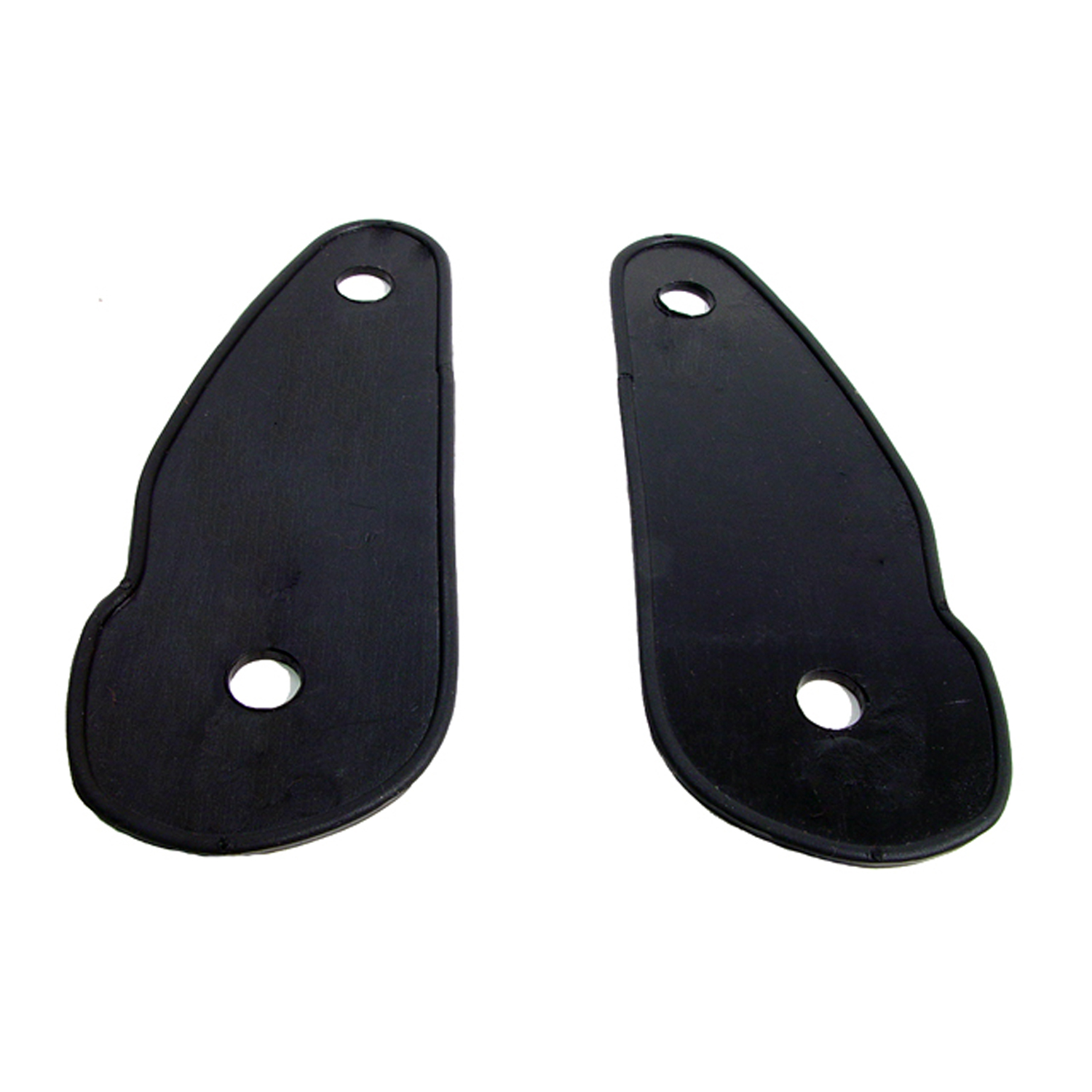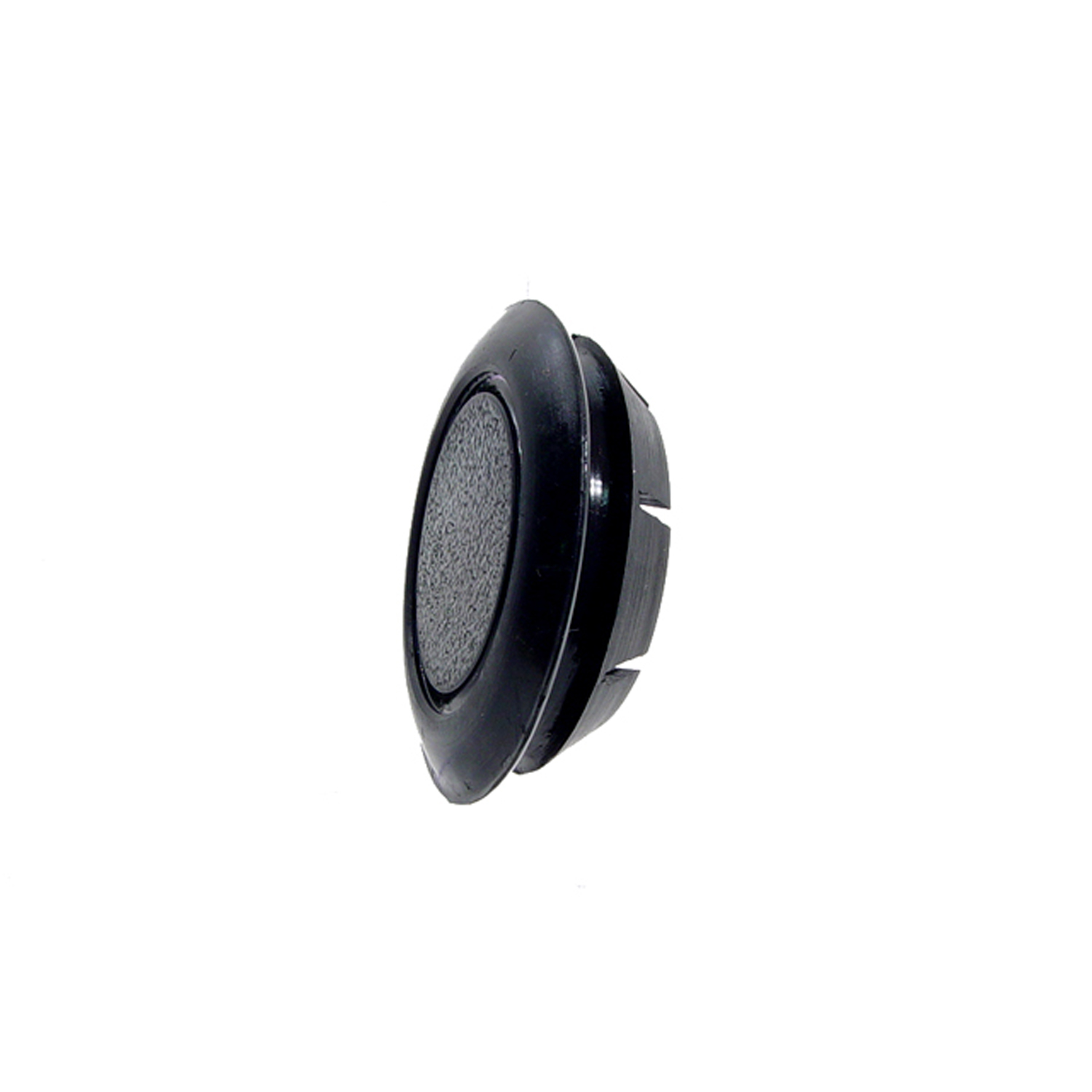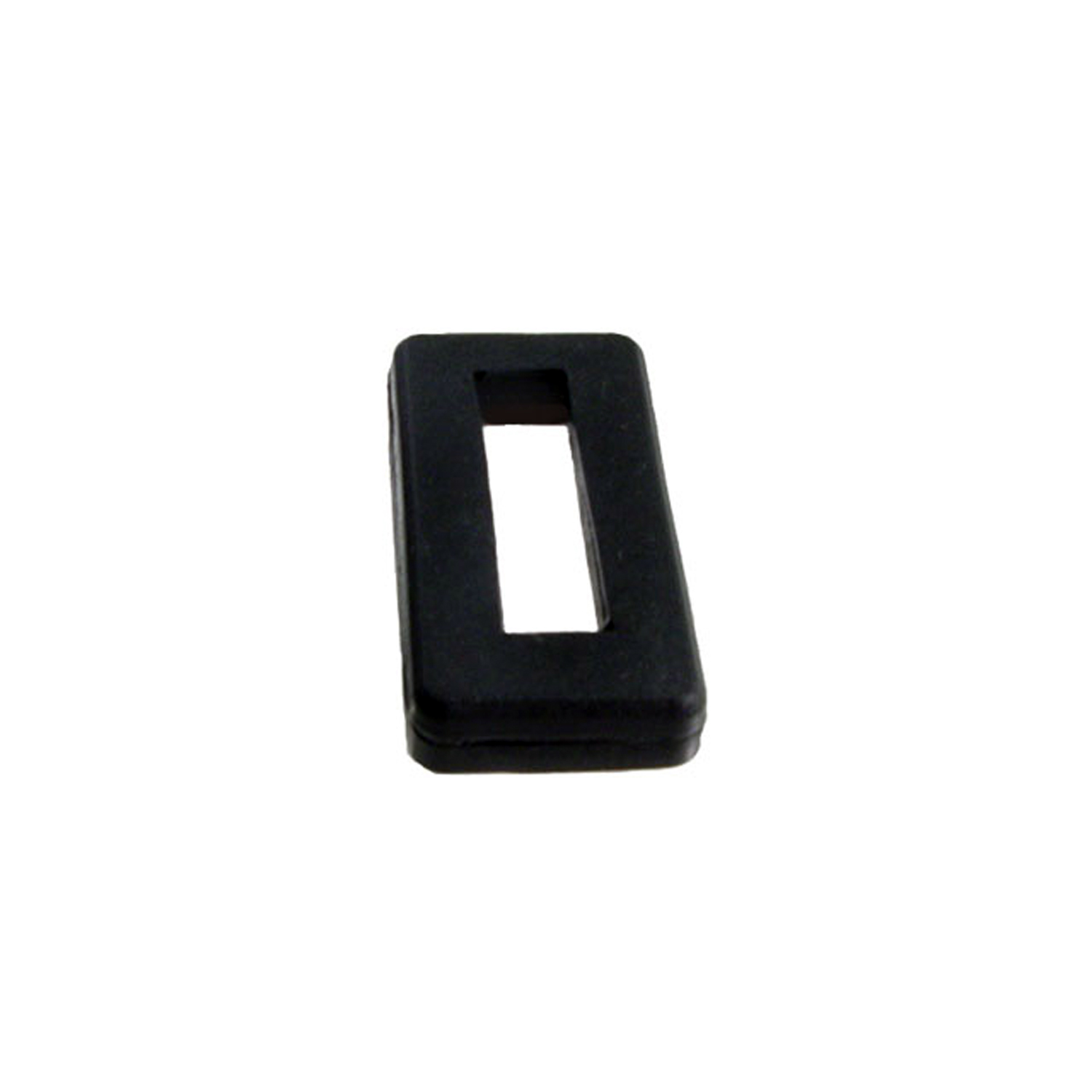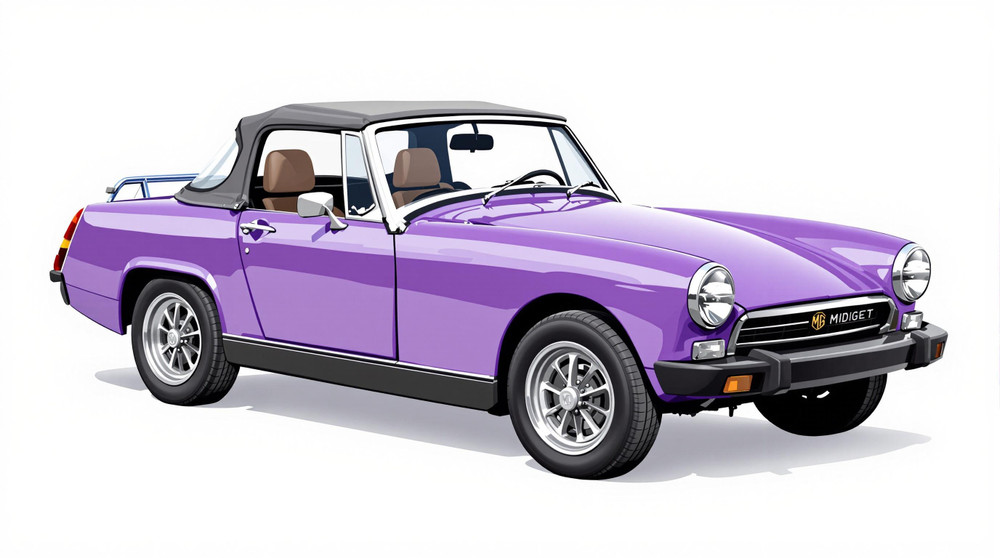Image of 1977 Mg Midget, Note: These illustrations use artistic license and may differ from actual historical models.
Performance Metrics
Fundamental Metrics
Emotional Appeal
MMP Rating
| Engine Specifications | |
|---|---|
| Engine: | 1.5L 4-cylinder |
| Displacement: | 1493 cc |
| Horsepower: | 65 hp |
| Torque: | 72 lb-ft |
| Compression Ratio: | 8.4:1 |
| Ignition System: | Electronic |
| Cooling System: | Water-cooled |
| Performance Specifications | |
| 0-60 Time: | 12.3 seconds |
| 1/4 Mile Time: | 18.3 seconds |
| Top Speed: | 97 mph |
| Transmission and Drive | |
| Drive Type: | RWD (Rear Wheel Drive) |
| Transmission Type: | 4-speed manual |
| Fuel and Efficiency | |
| Fuel System Type: | Carburetor |
| MPG: | 25-30 mpg |
| Dimensions and Brakes | |
| Brakes: | Front disc brakes and rear drum brakes |
| Wheelbase: | 80.0 in |
| Weight: | 1,620 lbs |
Note: Specifications for classic cars are given to the best of our ability, considering the limited and variant data available.
1977 MG Midget: A Pocket-Sized Classic
The 1977 MG Midget is a testament to the allure of small sports cars, a tiny titan that captured the hearts of enthusiasts worldwide. Born from the storied assembly lines of the British Motor Corporation and later British Leyland, this diminutive roadster was the culmination of the Midget series that began in 1961. As a symbol of British automotive ingenuity, the '77 Midget stood out for its blend of simplicity and charm during an era when cars were becoming increasingly complex. A unique fact that car aficionados might appreciate is that despite its size, the MG Midget was featured in several rallying events, showcasing its plucky spirit against much larger competitors.
Design and Innovation
The exterior of the 1977 MG Midget was characterized by its classic roadster silhouette—a long hood, short rear deck, and rounded fenders that exuded sporty appeal. The interior was a cozy affair with no-nonsense instrumentation and a focus on driver engagement over luxury. Materials were modest but durable, reflecting the vehicle's utilitarian roots. Technologically, it boasted features like rack-and-pinion steering and disc brakes at the front—advanced for a car of its class at the time. Color options ranged from vivid hues to more subdued tones, with popular choices including Pageant Blue and Brooklands Green. The most iconic body style was undoubtedly the convertible, which offered an unfiltered driving experience that was both exhilarating and intimate.
Historical Significance
The MG Midget's impact on automotive design was more about philosophy than technology—it championed the joy of driving over raw power or luxury. This approach set it apart from contemporaries that often prioritized size and features over driving dynamics. The Midget's lasting influence can be seen in modern roadsters that continue to prioritize driver engagement and simplicity.
Performance and Handling
Performance-wise, the '77 MG Midget wasn't about to set any land speed records with its modest top speed, but it could zip from 0-60 mph in a respectable timeframe for its engine size. Handling was where this little car shined; it could tackle winding roads with aplomb thanks to its lightweight construction and well-tuned suspension. Driving a Midget was an auditory delight as well—the raspy exhaust note of its 1.5-liter engine provided an exciting soundtrack for every journey.
Ownership Experience
The MG Midget found use in various roles—from a reliable daily driver to a weekend show car or even a novice-friendly race car in amateur events. Its mechanical simplicity meant maintenance and repairs were relatively straightforward for those with basic mechanical knowledge. However, as with many classic cars, parts availability could sometimes pose challenges.
Fun Facts
A fun tidbit about the MG Midget is that several special editions were produced throughout its lifespan, including limited runs with unique color schemes and badging. While not known for breaking speed records, it did have a reputation for being one of the most accessible sports cars of its time. Criticisms often centered around its cramped interior and lack of power compared to larger sports cars.
Collector's Information
Today, a well-preserved 1977 MG Midget can fetch anywhere from $5,000 to $15,000 depending on condition, originality, and provenance—though prices can vary widely. With production numbers in the tens of thousands over its entire run, rarity is moderate but finding one in excellent condition can be challenging. As interest in classic cars grows, values for these charming roadsters have been slowly appreciating.
Conclusion
The 1977 MG Midget remains an endearing example of what makes classic cars so special: personality, history, and an unfiltered driving experience. It's not just a vehicle; it's a doorway to simpler times when driving was as much about the journey as the destination. For those who cherish these qualities, the MG Midget isn't just a car—it's a treasure.
1977 Mg Midget Catalog of Parts
 1977 MG Midget Windshield Post Pads. 2-1/8" wide X 5-3/8" long. Pair-MP 111-RWindshield Post Pads. 2-1/8" wide X 5-3/8" long. Pair
1977 MG Midget Windshield Post Pads. 2-1/8" wide X 5-3/8" long. Pair-MP 111-RWindshield Post Pads. 2-1/8" wide X 5-3/8" long. Pair 1977 MG Midget Jack Socket Plug. Fits 1-1/2" hole. 1-1/4" I.D. Each-RP 90-BJack Socket Plug. Fits 1-1/2" hole. 1-1/4" I.D. Each
1977 MG Midget Jack Socket Plug. Fits 1-1/2" hole. 1-1/4" I.D. Each-RP 90-BJack Socket Plug. Fits 1-1/2" hole. 1-1/4" I.D. Each 1977 MG Midget Grille Shell Grommet. 2" X 1" X 5/16" Thick. Each-SM 7Grille Shell Grommet. 2" X 1" X 5/16" Thick. Each
1977 MG Midget Grille Shell Grommet. 2" X 1" X 5/16" Thick. Each-SM 7Grille Shell Grommet. 2" X 1" X 5/16" Thick. EachWhy Choose Metro?
For over 100 years, Metro Moulded Parts has been the pinnacle of quality in classic car restoration parts. Our commitment to precision and authenticity in every component ensures a perfect fit and an OEM-level appearance.
- Expert Craftsmanship & Quality: Each part is a testament to our dedication to reliability and perfection, crafted from original designs and thoroughly tested.
- Advanced Technology: We use cutting-edge techniques to create flawless, long-lasting parts that surpass others in performance.
- SuperSoft Sponge – The Ultimate Door Seal: Not only are our door seals 30% softer than competitors', but they're also guaranteed to never leak. They effectively reduce wind and road noise, enhancing your classic car's comfort and driving experience.
- Proudly American: Our parts are a product of American craftsmanship, made in the USA with a spirit of excellence and heritage.
- Unrivaled Warranty: We back our products with a 30-year industry-leading warranty, a testament to our confidence in their quality.
Join us in preserving the legacy of classic cars with parts that are crafted for perfection, not just made.

